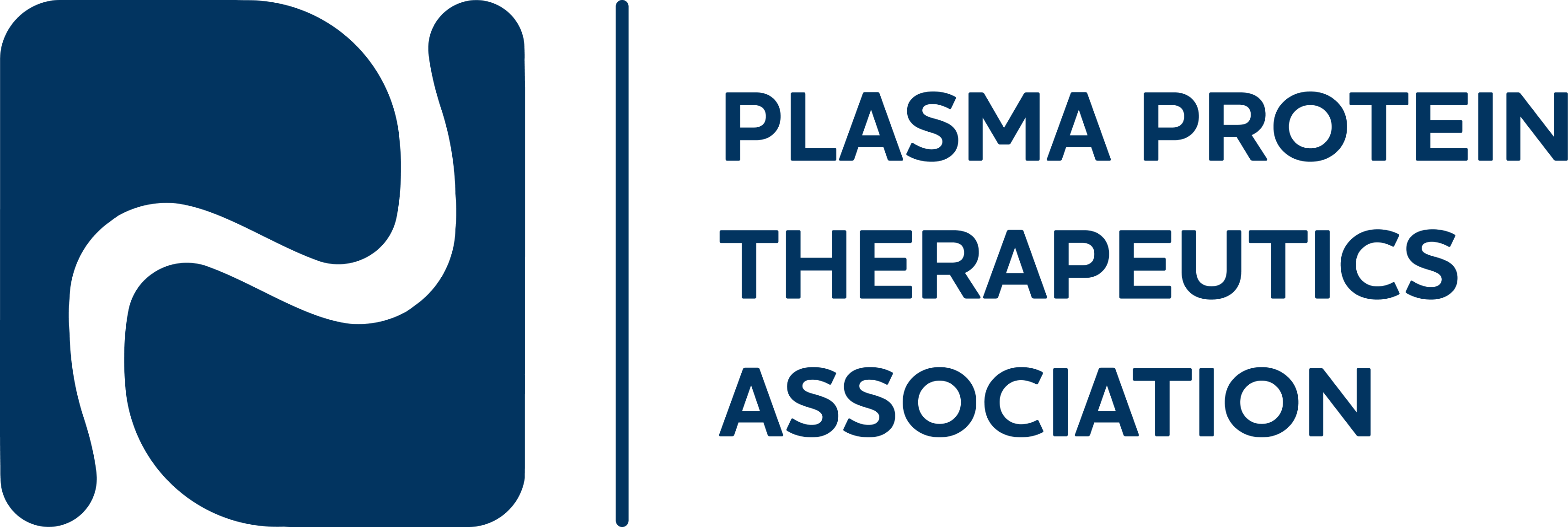Plasma donation
New thinking to serve Europe’s patients
Donation practices and approaches for countries
This PPTA report opens the conversation on approaches to increase plasma donations in European countries which are needed to make plasma-derived medicines for patients across the EU.
The report provides examples of combined public-private plasma donation systems. For countries interested in applying these approaches, the practices described here are a useful guide to broaden the plasma donation ecosystem.
Browse the separate sections or download the full report below.

Executive Summary
New thinking & approaches to plasma donation to benefit Europe’s patients.
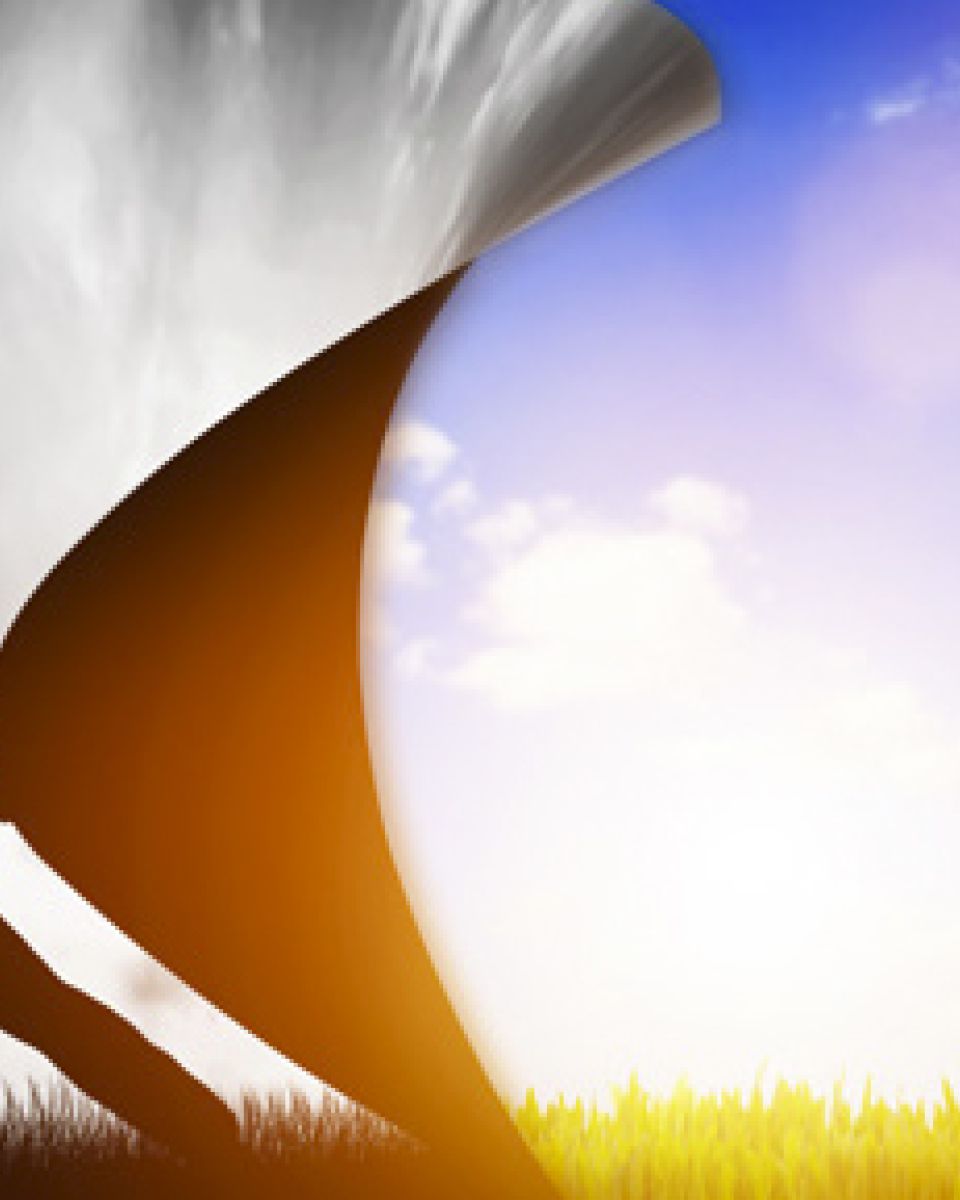
New thinking on plasma donation for European countries
Opening the conversation with public health decision-makers. A discussion of new approaches and examples of how countries can build on their current plasma donation structures to increase the donations that are needed to produce more plasma-derived medicines for European patients who rely on them.
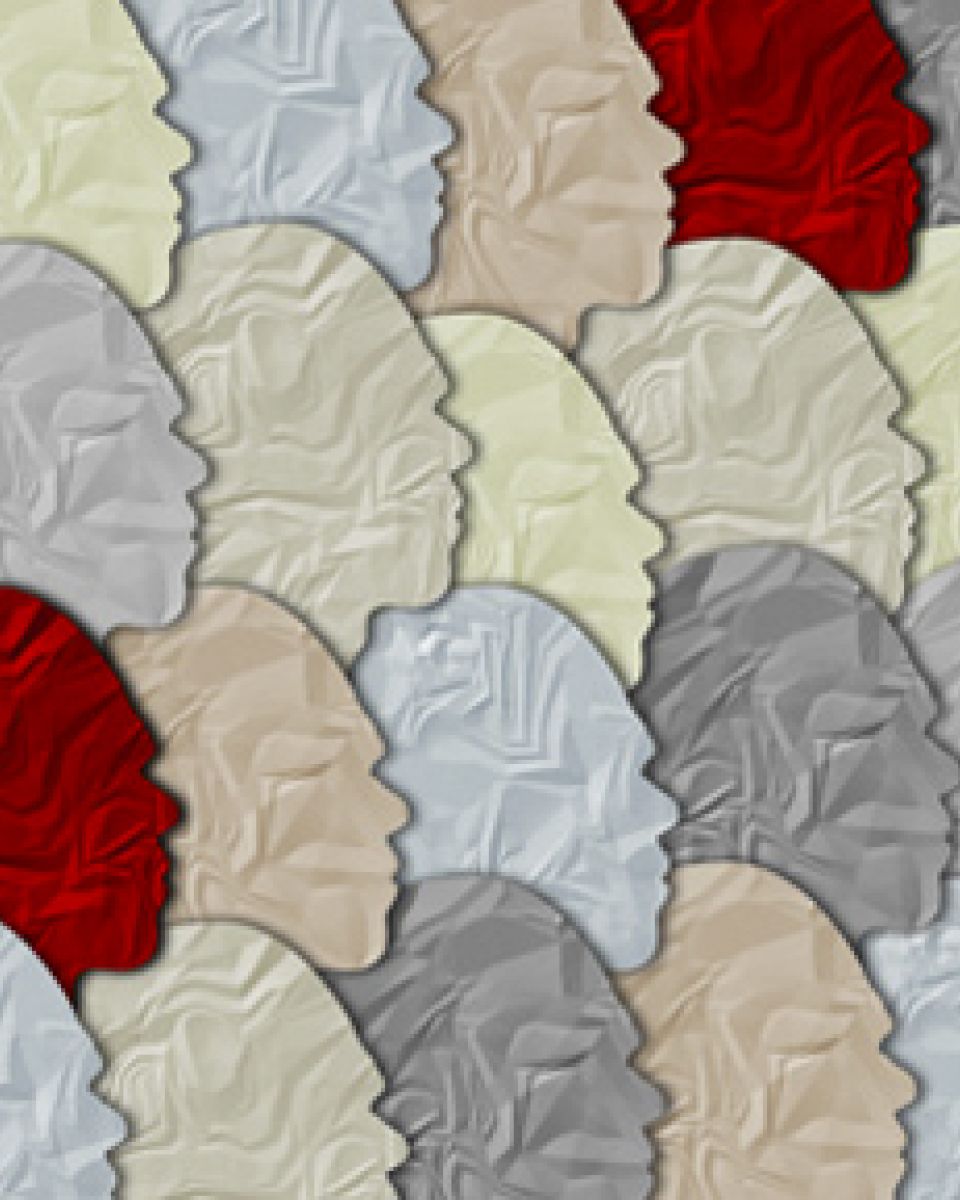
Europe’s evolving plasma donation landscape
Significant volumes of plasma, which are needed to make the plasma-derived medicines used
every day by European patients, come from outside the European Union (EU). Some 38% of the plasma used in Europe (or 30% in the EU) today for medicines production comes from the U.S. Countries have the potential to secure this critical resource for European patients by encouraging more plasma donations from their donor communities. Today, several European countries have put in place innovative approaches that show how this is possible.
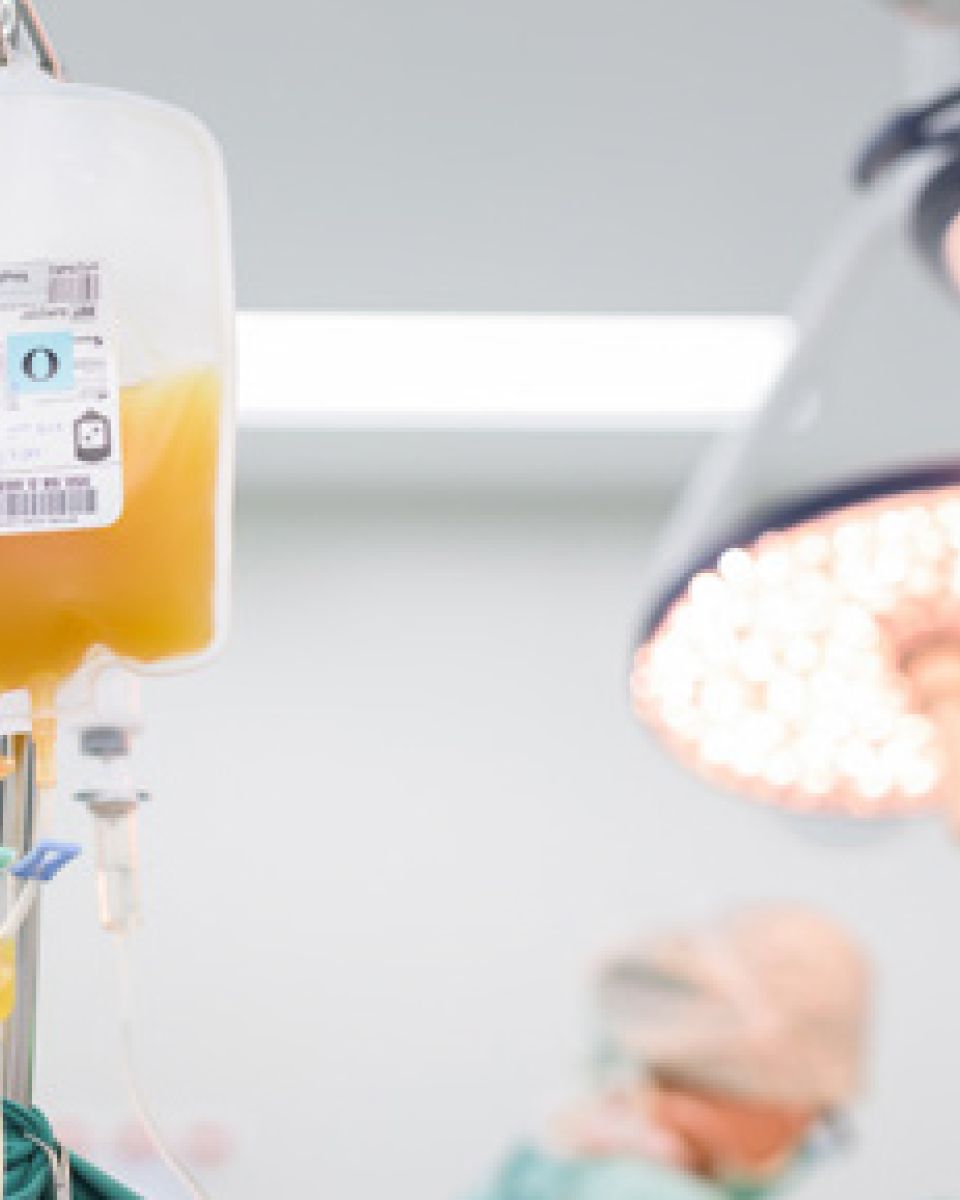
About plasma & plasma protein therapies
Approximately 300,000 European patients rely on plasma-derived medicines every day to treat a range of critical medical conditions. These include rare, genetic, and chronic conditions or life-threatening medical situations resulting from accidents and trauma. For these patients, plasma-derived medicines are a lifeline, helping the body replace missing or deficient proteins. Without stable access to these treatments, many will not survive or have will a severely reduced quality of life.
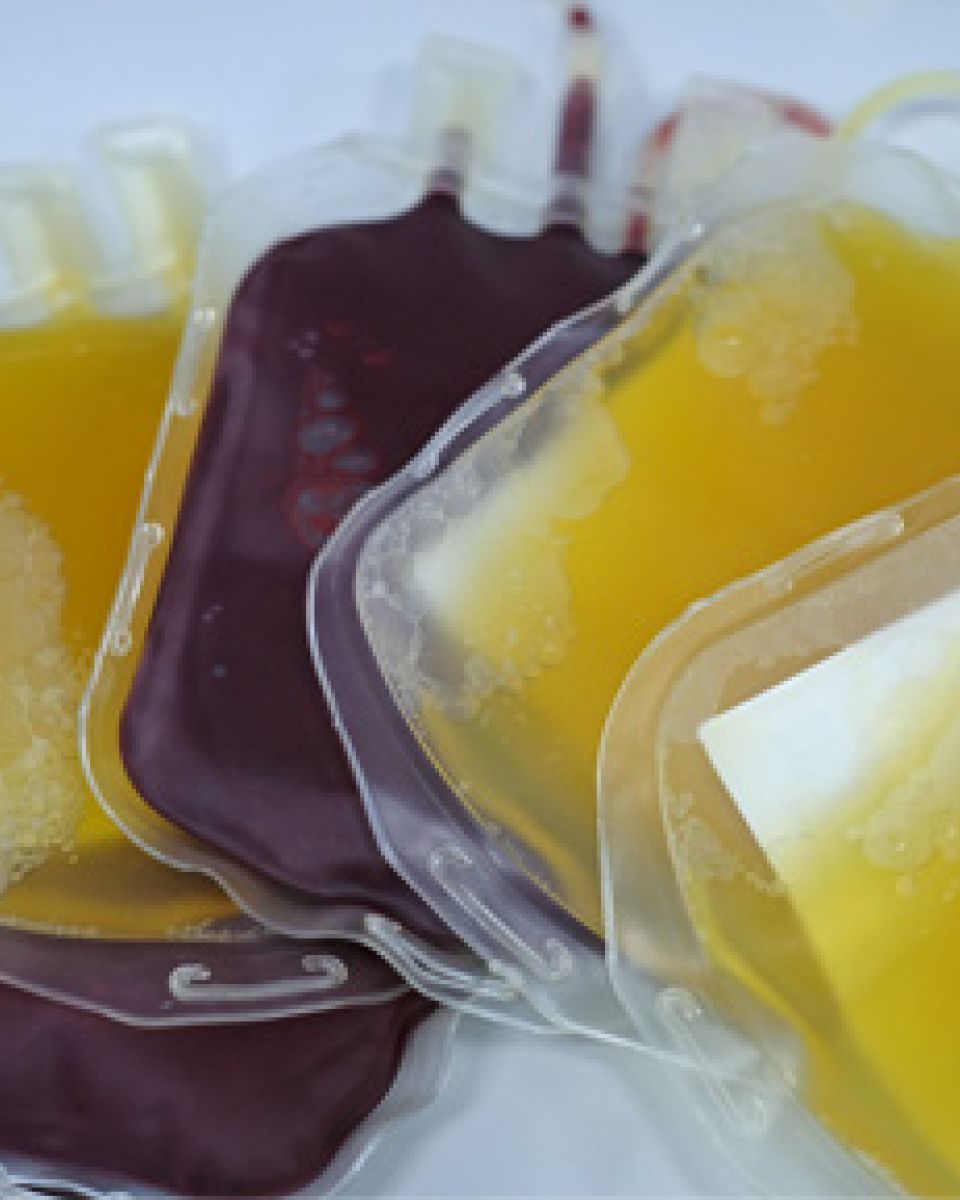
Plasma is different from blood
Plasma differs from whole blood. Plasma is the clear straw-coloured liquid portion of blood that remains after red blood cells, white blood cells, platelets and other cellular components have been removed. Donating plasma is a lengthier, more complex process than blood donation. Plasma donors can give more frequently and larger volumes. Plasma-derived medicines treat many conditions for which no alternative medicine exist.
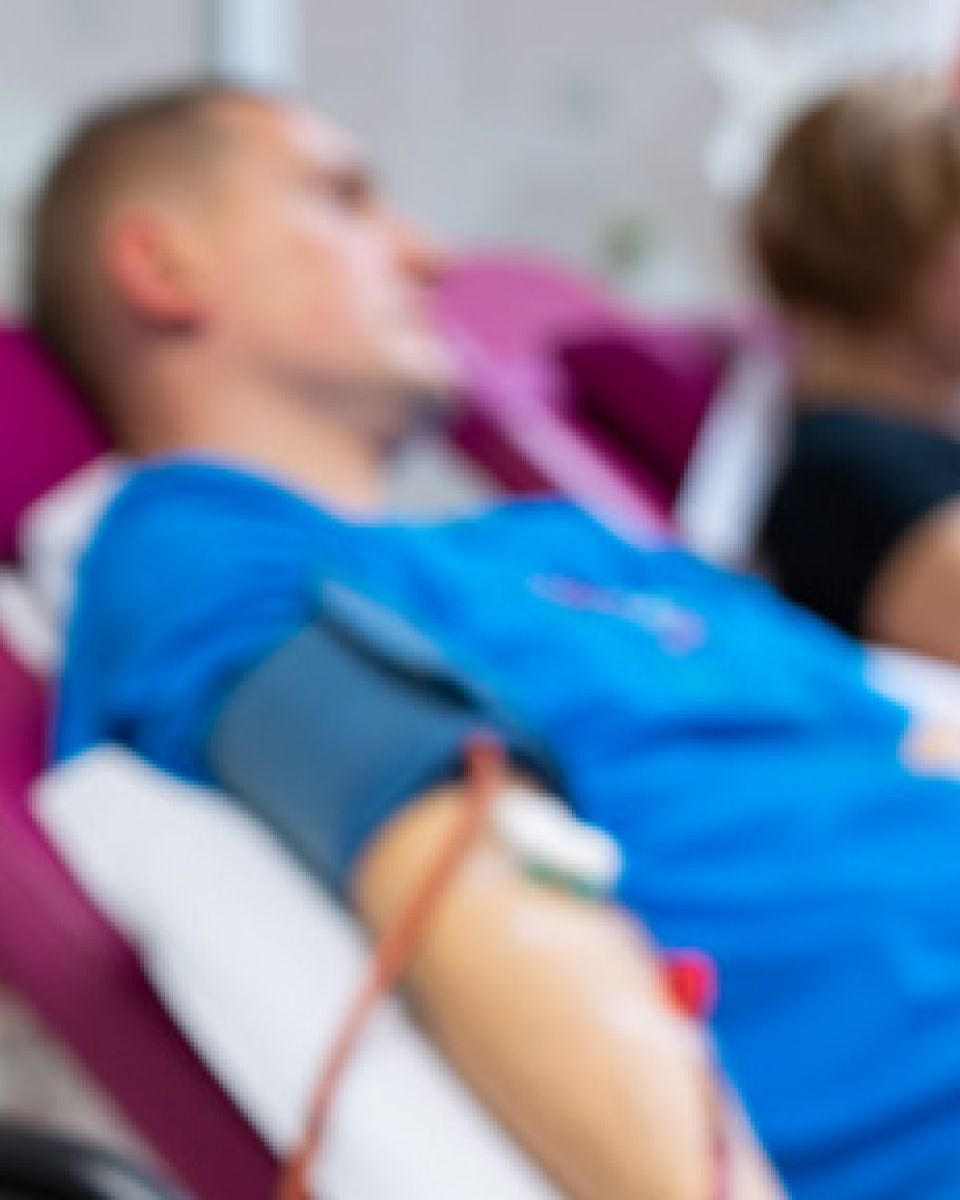
Plasma-derived medicines are different from synthesized pharmaceuticals
The unique value chain for these plasma-derived medicines always starts with a person’s donation of plasma. To ensure access to these lifesaving plasma-derived medicines for all patients, public health authorities need to plan for stable access to these therapies under all circumstances. Producing plasma-derived medicines takes much longer than the process to make chemically synthesized pharmaceutical medicines.
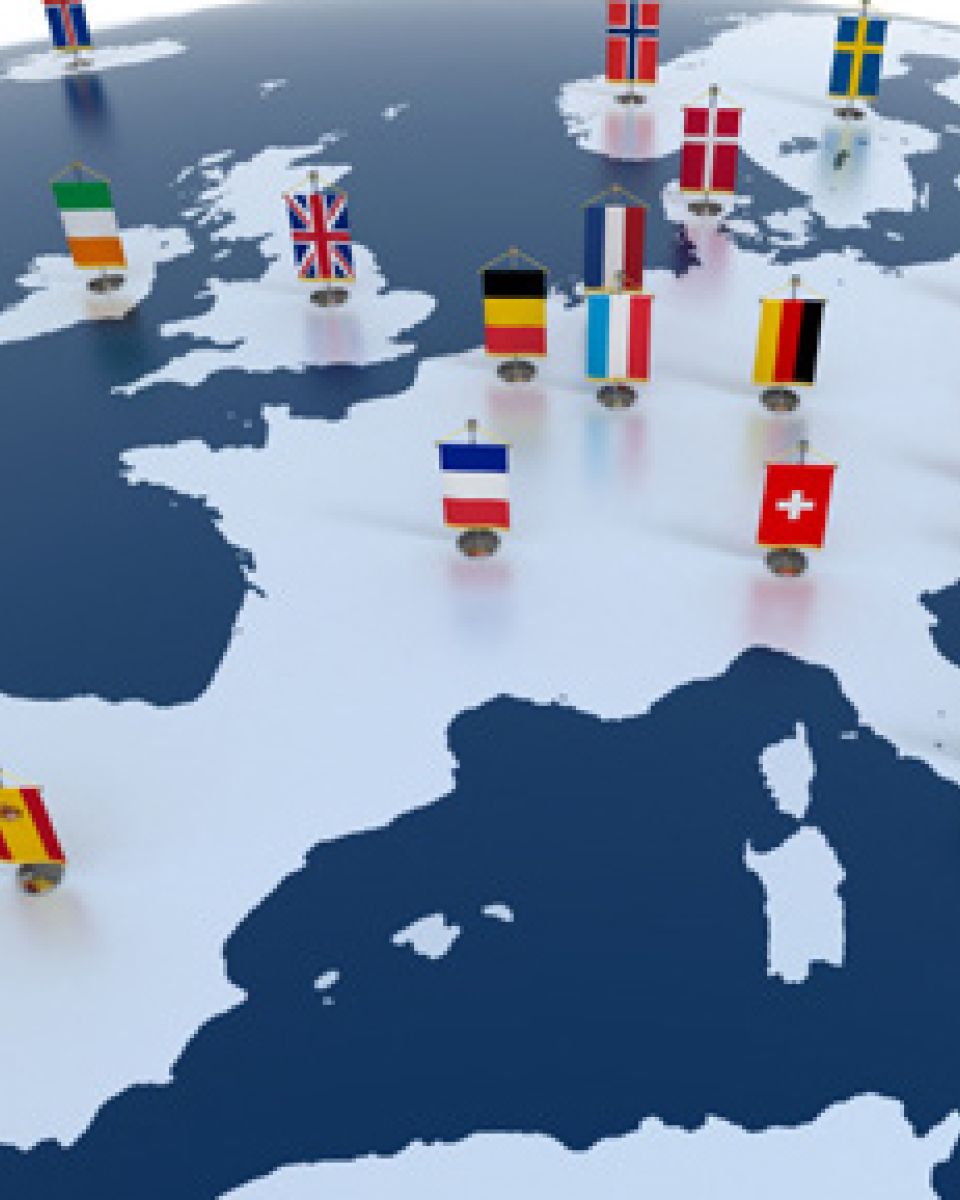
New plasma donation approaches in Europe
EU countries have different approaches to plasma collection. Some are part of the public system, while others take a mixed public-private approach. This section reviews current practices in four countries who have built public-private networks.

Building relationships for long-term plasma donation in countries
Potential plasma donors across Europe are generally not aware of the vital contribution that their plasma can make to society and to transforming patients’ lives. This situation, coupled with a low awareness of how plasma donation works and the difference between blood and plasma donation, are key reasons why the level of plasma donations in European countries is below their need for this blood component.

Donor incentives & compensation
An effective plasma collection program needs to build long term relationships with donor communities. This requires providing potential donors with clear information about the positive impact they are having on someone’s life by giving plasma and offering incentives that recognize the substantial commitment and inconvenience that donors make when they donate plasma. Today, 24 EU countries have schemes to cover costs incurred by plasma donors or compensate them for their effort and the inconvenience related to donating – following the principle of Voluntary Unpaid Donation.
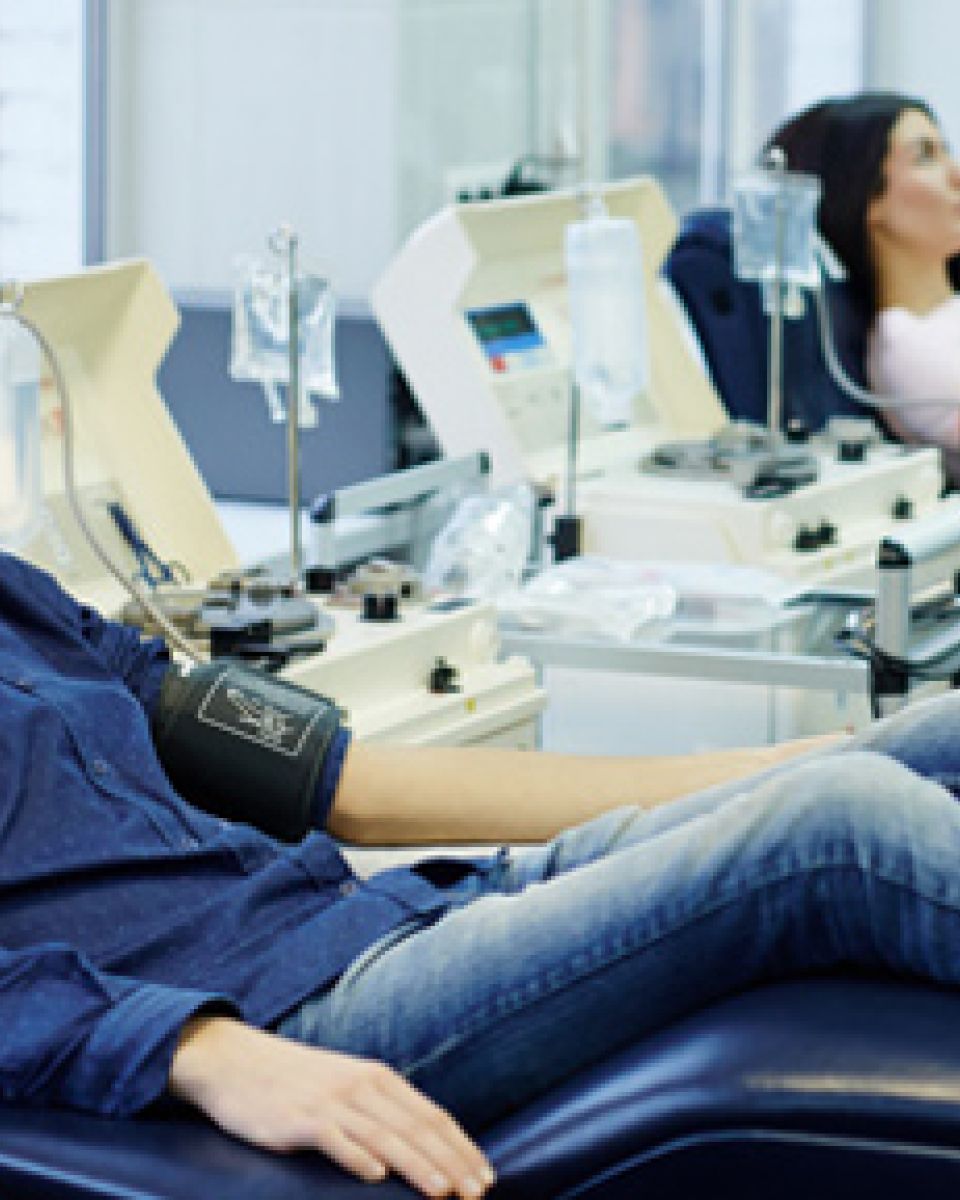
Health & safety for donors
To further improve donor safety and plasma quality, PPTA developed the International Quality Plasma Program (IQPP) which provides independent, third-party evaluation and recognition of a plasma donation centre’s adherence to global industry standards for plasma. The cornerstone of safe and efficient plasma medicines are healthy regular donors. IQPP-certified plasma donation centres monitor the safety of people donating plasma. Safety studies of Intensive Plasmapheresis (SIPLA I 2003; SIPLA II 2013) and other studies of several million donor experiences (PPTA 2016; 2018, 2021) conclude that participating in plasmapheresis is safe, even for first-time and inexperienced donors.

Risk factors: New treatment indications & external influences affecting Europe’s stable access to plasma
Today, the need for more plasma to produce medicines is growing. Improved and early diagnosis help more patients access treatment and medical research reveals new indications for plasma-derived medicines. At the same time, today’s global balance of plasma exports and imports is at risk from global emergencies such as the COVID-19 pandemic and geopolitical shifts driven by evolving national health priorities and trade issues that may restrict the exchange of blood components and plasma protein therapies. What are the risk factors for Europe’s public health policies?

